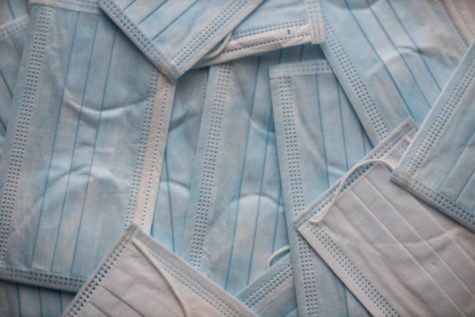No
April 15, 2016
According to the SHS school handbook, “student dress needs to convey respect for self and others,” leaving the question, “how does one convey respect?” The matter of appropriateness has complete versatility in it’s meaning; each and every person will have a different opinion that cannot apply to all others. In dress code, inevitably, bias overtakes rationality; gender, popularity, family name, extracurricular activity participation, height, body type and personality are all determining factors in the overwhelming prejudice that surrounds dress codes. As undefined standards invade dress codes many places, including SHS’s, it’s clear that examination is necessary.
Schools across the United States have repeatedly made open claims that the purpose of the given dress codes are to remove the academic distraction of students, especially male students. This has the obvious potential to teach sexist values and has been stigmatized with dress codes. While statements such as these are not encouraged regularly at SHS, sexist values are still being inadvertently instilled. It is a constant distraction to the student body as a whole to have their classmates singled out, removed from class and sent to the office to change or sent home. Those are best case scenarios, and it has been commonly reported, most likely by students, that teachers overstep their boundaries and, whether intentional or not, end up belittling and embarrassing students. In the process this destroys students’ safe learning environment, thus defeating the entire supposed purpose of a dress code. Nowhere in the student handbook does it state how teachers should proceed when a dress code violation occurs, leaving students virtually unprepared for how to recognize the difference between the appropriate and inappropriate behavior of their authority figures. Manner of dress is an extremely sensitive topic. Teens are at a critical point in their mental and emotional development, being sexualized and objectified while also being insulted by an authority figure can cause serious damage to that development. Is the benefit of a dress code such as SHS’s outweighing it’s ever growing cost?
I have found that the largest contradiction of policy in the SHS handbook is volleyball. While the handbook states that shorts and skirts must be no shorter than mid-thigh length, volleyball players have continuously worn spandex that have an average inseam of only 2.5 inches which is much shorter than mid-thigh range. The players are photographed throughout the newspaper, yearbook, and in several other publications throughout the community, yet they are not deemed disrespectful to themselves or others. Understandably, spandex provides maximum range of motion and benefit the players. The spandex, however, still does not follow the school dress code, but little is said or done about this.
High school’s purpose is to prepare students in a semi-realistic environment to be prepared for real everyday life. I suggest that instead of teaching students that they should judge by appearance and take fault in other people’s rightful decisions, teachers and school authorities should be teaching acceptance. A person that can accept difference in choice and difference in opinion will go further than a student who is stuck at a superficial level. Preparing students to learn in uncomfortable situations, is without a doubt more beneficial than providing optimal conditions for learning at the equal expense of a large portion of the student body. There is a need for a dress code, yes, but the policies in place exhibit sexism and other serious flaws, while also leaving far too much margin for error. If uniformity is the goal, uniforms should be set in place. However, uniformity is and will always be an impossible feat that should not be encouraged in a learning environment. A completely new policy should be constructed, one that is nondiscriminatory and inoffensive.










